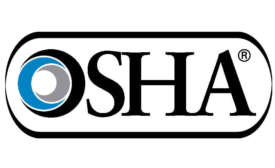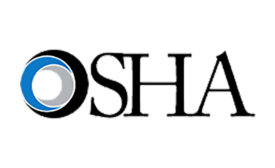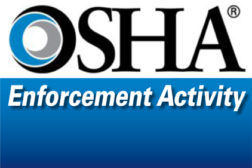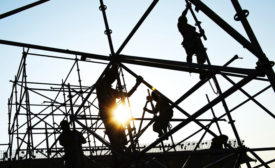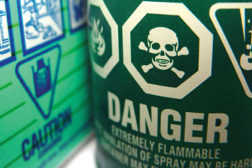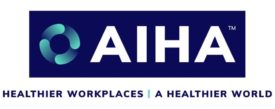Government Safety Regulations
In response to President Biden's executive order on protecting worker health and safety, the U.S. Department of Labor's Occupational Safety and Health Administration has launched a national emphasis program focusing enforcement efforts on companies that put the largest number of workers at serious risk of contracting the coronavirus.
Read More
Never miss the latest news and trends driving the safety industry
eNewsletter | Website | eMagazine
JOIN TODAYCopyright ©2024. All Rights Reserved BNP Media.
Design, CMS, Hosting & Web Development :: ePublishing
